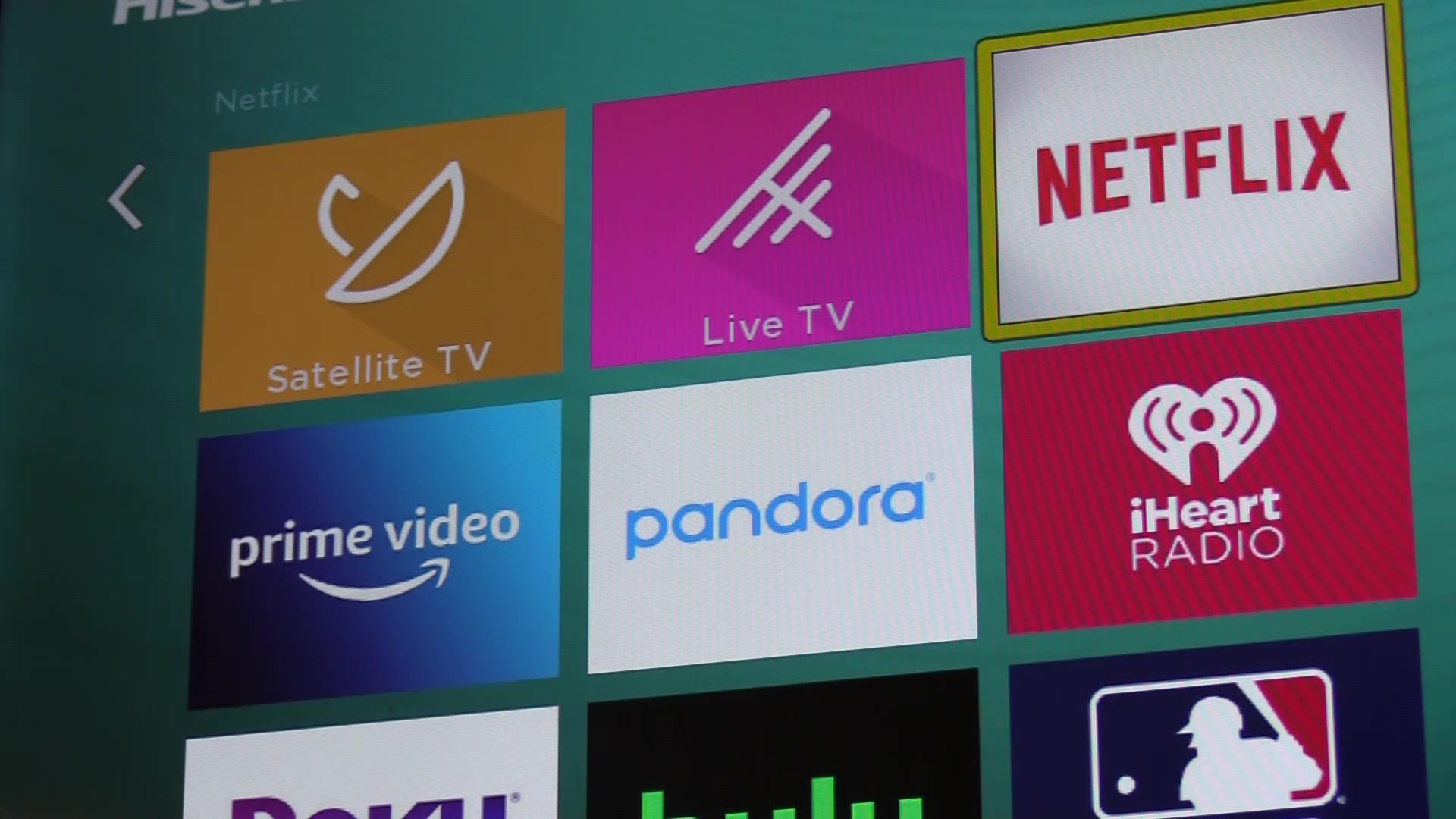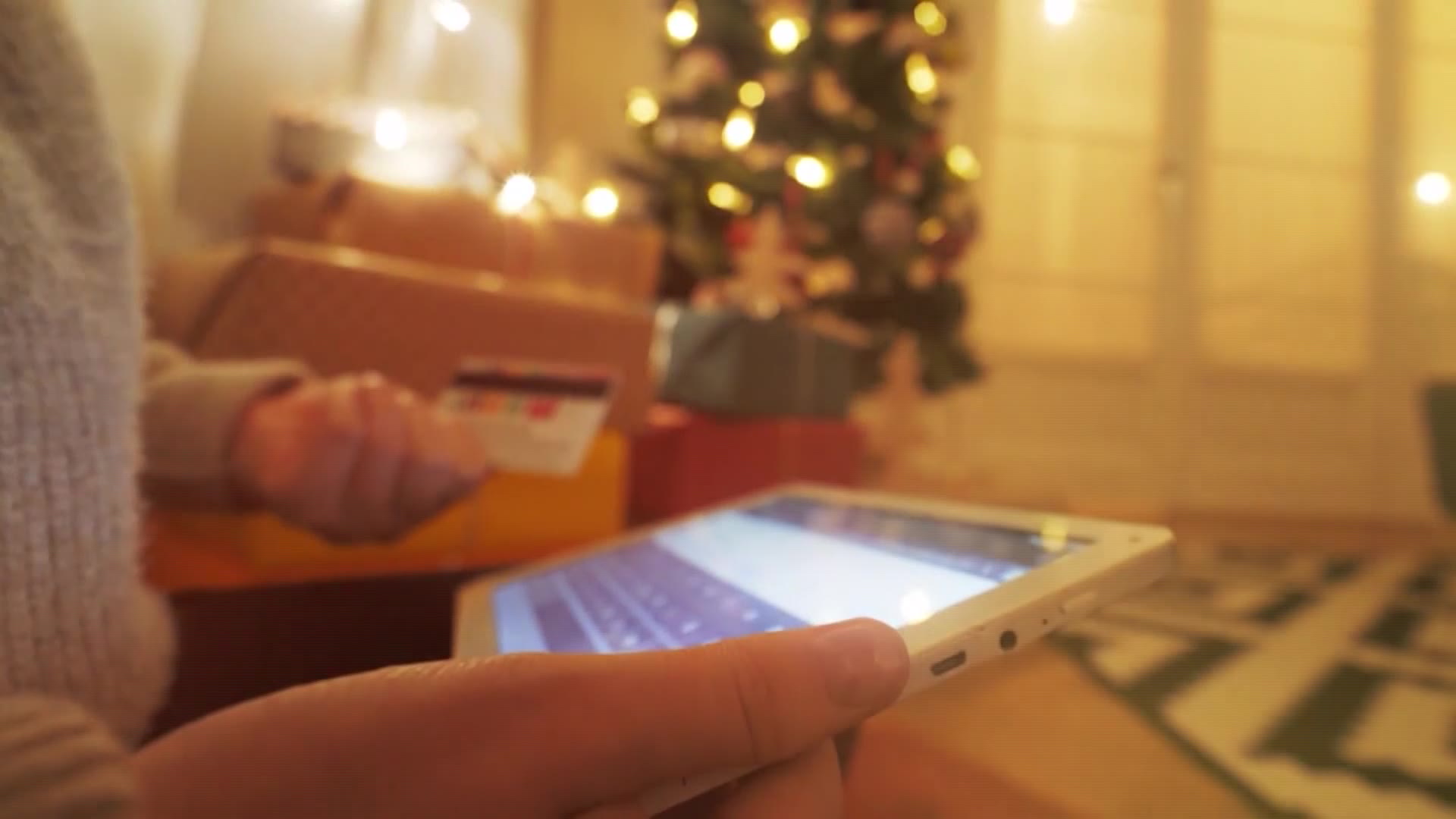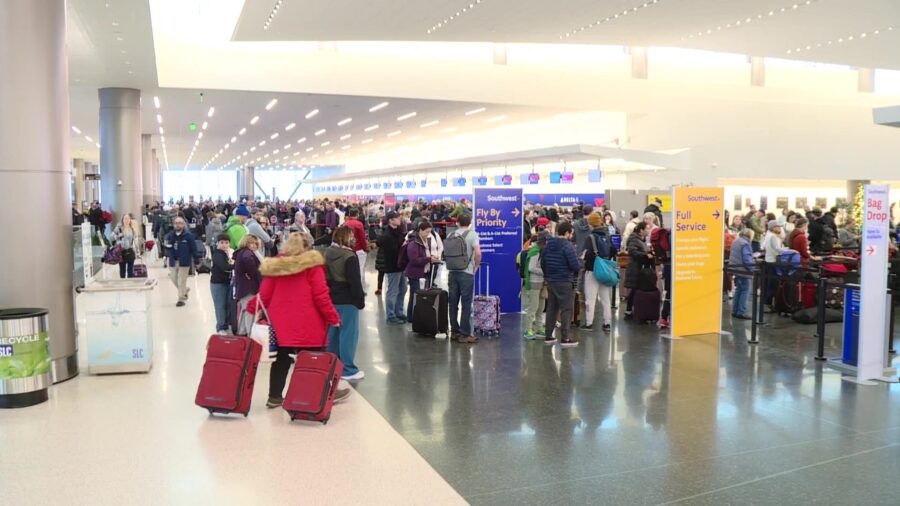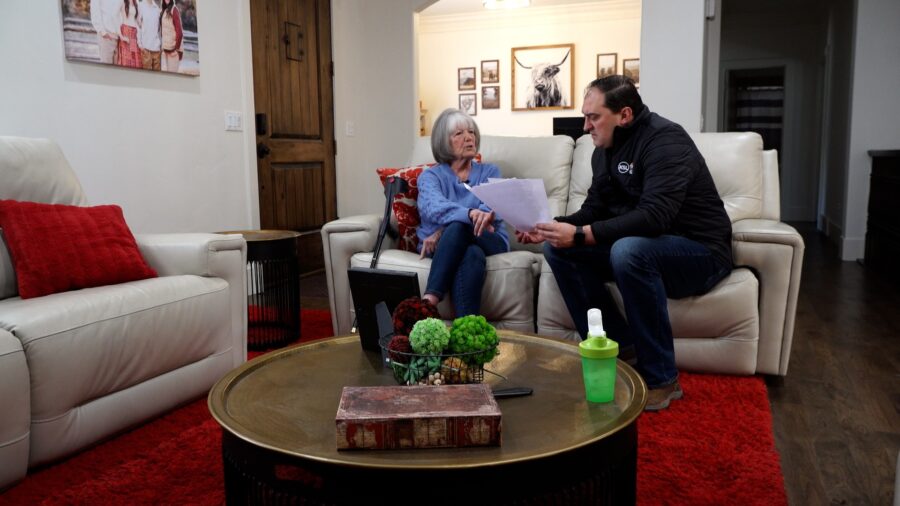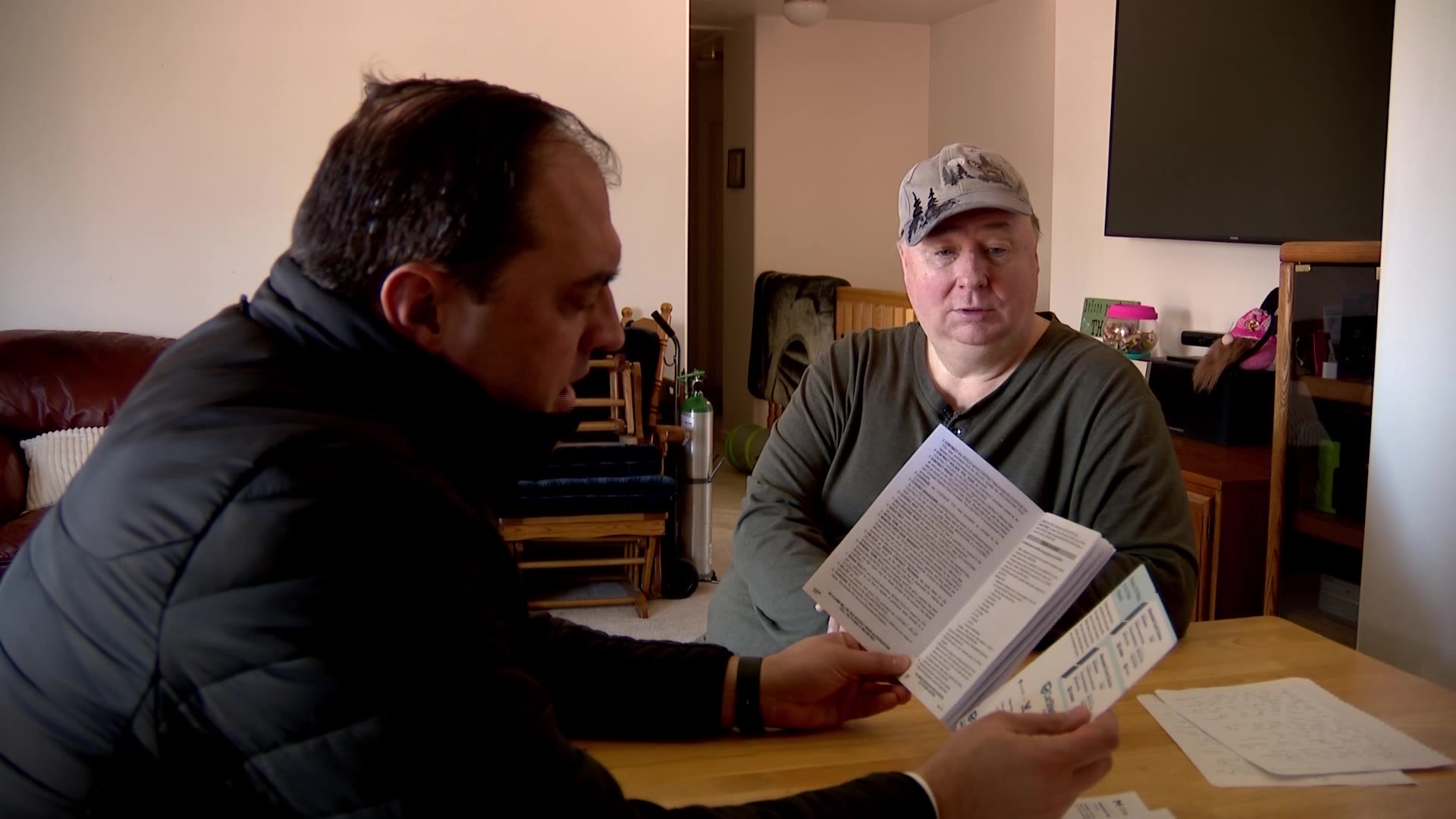Gephardt $100 Challenge: Simple Upgrades To Cut Your Energy Bill
Feb 20, 2020, 9:58 PM | Updated: Mar 29, 2020, 6:08 pm
SALT LAKE CITY, Utah – Cutting down the amount of energy your home uses is good for the environment, but it can be hard on your wallet. Major energy-efficient upgrades, like new windows or extra insulation, can cost thousands of dollars, but how can you cut your energy bill for just $100?
Energy Audit
People typically pay Thomas Camoin of Griffin Energy Audits hundreds of dollars to find deficiencies and recommend upgrades.
Homeowner Mike Berger agreed to let Camoin and KSL Investigator Matt Gephardt put his Sugarhouse bungalow through the wringer in hopes of finding ways to save a little energy, money and sanity.
Like many homes in the neighborhood, Berger’s house was built more than a century ago, and you can just feel it.
“It’s cold. It’s always cold,” said Berger. “The back is always cold. The front part of the house isn’t as bad, but I always get under a blanket I guess, so, I guess it’s cold.”
On the day of the audit, the temperature outside was below freezing. A perfect day for Camoin to check everything in Berger’s house: the furnace, the water heater, the pipes, the attic, the windows, even the switches and outlets.
Camoin set up his giant blower fan to pump out the warm air from inside Berger’s home. The fan simulates a strong wind outside.
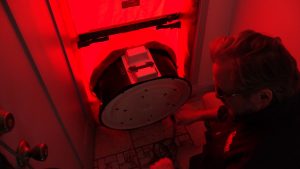
Thomas Camoin of Griffin Energy Audits sets up a blower fan test to determine how much air the home leaks.
“So, what it does is it exaggerates every air leak like tenfold,” Camoin explained. “You can feel it with your hands. You can see [air leak] real easy.”
Right away, the living room’s temperature began to plummet around the fireplace.
He then used a thermal imaging camera to see where heat was escaping.
Camoin found major leaks and weak spots all over the home, including several windows, the back door and even some outlets.
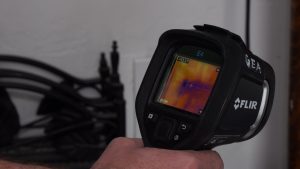
Thomas Camoin of Griffin Energy Audits uses a thermal imaging camera to detect heat loss.
“You’ve got a lot of air coming in through there,” Camoin told Berger about a light switch plate in his living room.
Camoin took all the data he measured and compiled it into a 58-page, highly-detailed report, showing the leaks and recommended fixes which included new vinyl windows, better attic insulation and other major renovations. It’s the kind of upgrades many families would have to save for over several years.
Testing The $100 Challenge
But if you don’t have a spare several-tens-of-thousands of dollars lying around, most hardware stores sell a plethora of inexpensive products that claim to make a home more efficient.
The KSL Investigators helped Berger tape shrink-to-fit plastic wrap over several of those leaky windows. The cost: $16 a package, and we bought two.
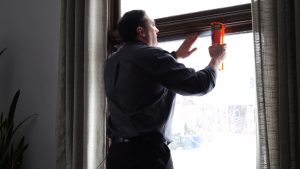
Matt Gephardt applies tape to plastic shrink wrap over a hundred-plus-year-old window.
Another $7 got us some weather stripping that we used around the back door.
An $8 draft guard helped block cold air from a windowsill.
To block the cold air from the fireplace, we purchased $21 worth of insulation.
Foam seals that cost $10 helped upgrade outlets and light switches.
The total cost for all the upgrades? Just $94.01 and 90 minutes of elbow grease.
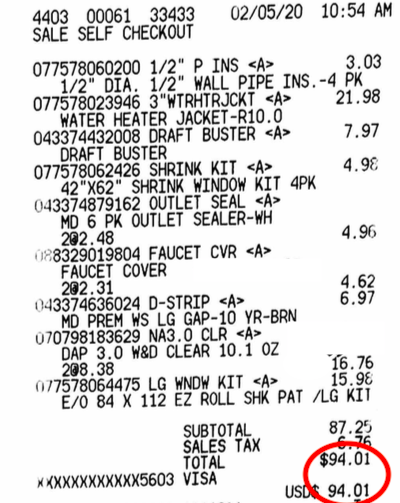
Matt Gephardt’s receipt.
The Results
One week later, we returned to test the results.
The homeowner definitely felt a difference.
“It feels better, doesn’t feel as drafty, I’m not as cold especially at night,” said Berger.
The true test came after Camoin set up his blower fan to start a second audit. And the scientific moment of truth left our energy auditor blown away.
“Wow, I’m pleasantly surprised!” exclaimed Chamoin.
Comparing the pressure reading from the previous week with the retest, he calculated the leaking air was cut from 3,758 cubic feet per minute down to 2,824 CFM – a 25% improvement.
“Wow, that’s incredible,” Chamoin said. “I honestly didn’t think $100 would bring it down this far.”
Put in dollars and cents, Chamoin calculated the $100 in improvements would pay for themselves in just four or five months. After that, it’s all money in the bank plus comfort.
“That’s important, it’s our home,” Berger said. “For most of us, our single, biggest expense is our mortgage. We should be comfortable there.”
Chamoin said if Berger made all the recommended repairs in the report, he’d cut his energy bill by about 35%.

